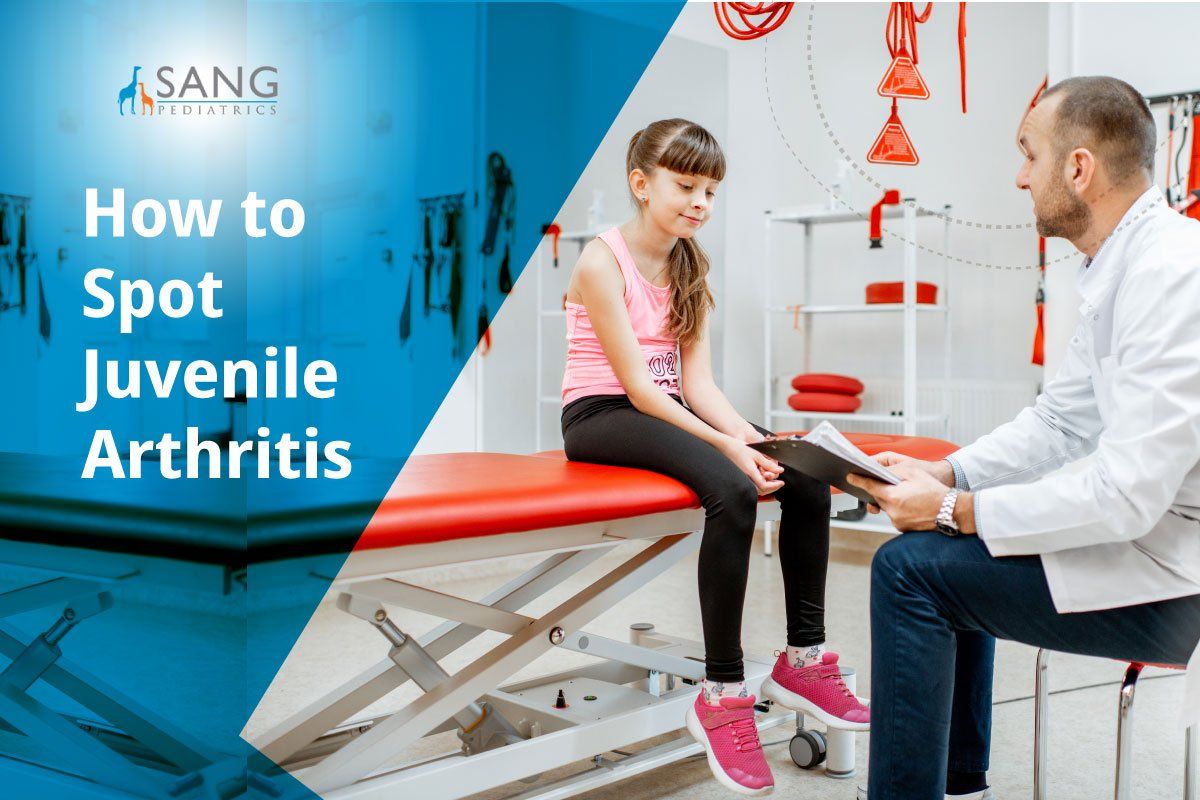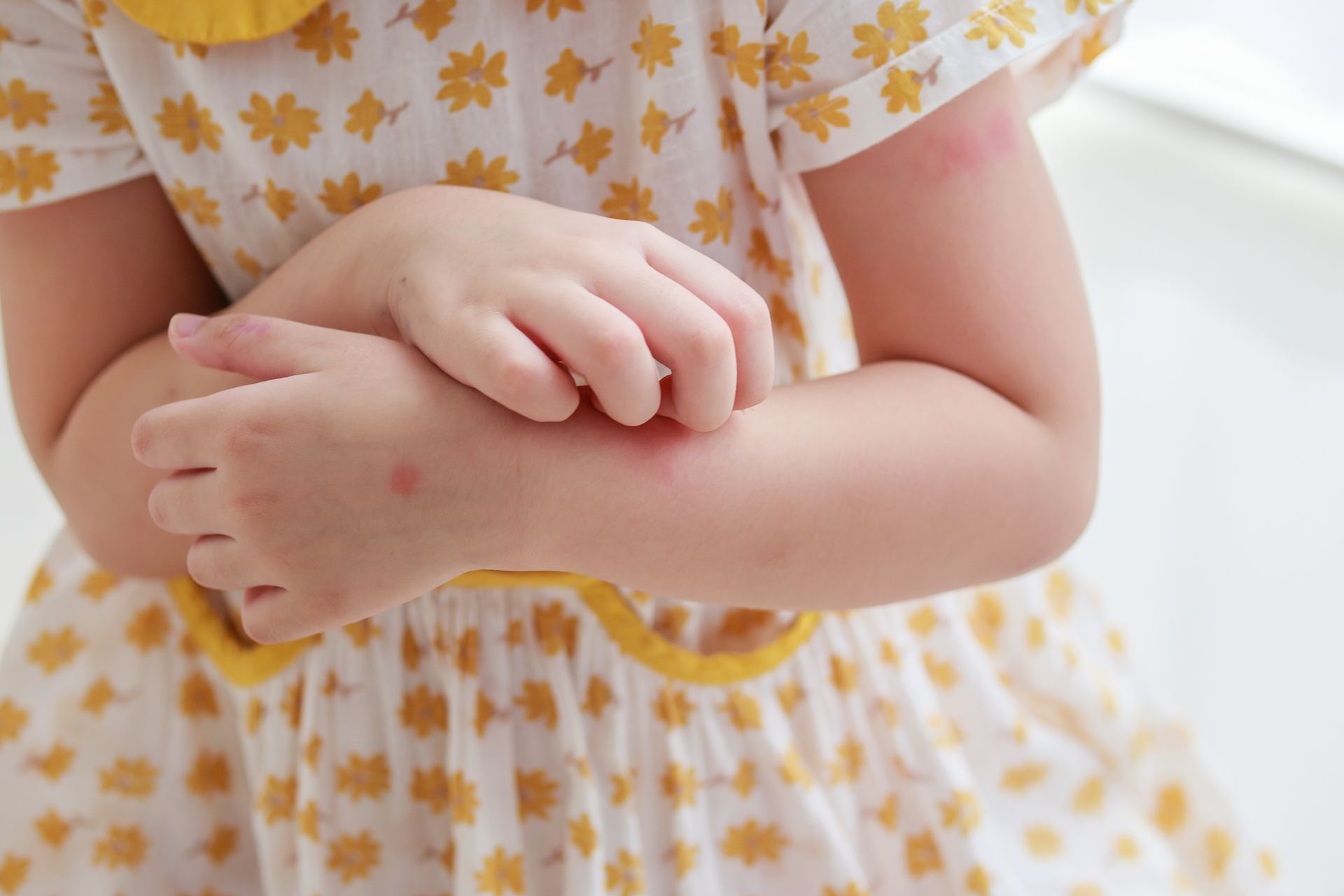How to Spot Juvenile Arthritis

Overview
Commemorating Juvenile Arthritis Awareness Month in July each year is essential. Arthritis affects not only older people but also children as young as six months old!
Child arthritis has a distinct physical and mental impact. The Arthritis Foundation launched the juvenile arthritis awareness to share information to assist those affected.
Juvenile arthritis is a disease that causes synovium’s inflammation (swelling) in children aged sixteen and below. The tissue that lines the interior of joints is the
synovium.
A variety of factors can contribute to joint pain in children. However, if a child's joints swell for six weeks or longer in a row, they may have chronic arthritis.
To further understand, we will examine childhood arthritis symptoms and diagnosis. We will also discuss the treatment of arthritis in children.
Symptoms that help us How to Spot Juvenile Arthritis
With the juvenile arthritis month, it is just apt that we will learn how to determine childhood arthritis. The following are the most prevalent symptoms:
- High fever and a light pink rash.
- If the youngster cannot run and usually play, the muscles and other soft tissues around the joint can deteriorate from lack of use.
- Fatigue can also be one of the juvenile arthritis symptoms.
- A limp in the morning or joint stiffness when accompanied by joint swelling.
- Inflamed joints may feel warm to the touch.
- Pain and swelling in the joints.
- A condition known as uveitis can affect some children's eyes who suffer from juvenile arthritis. Uveitis can cause irreparable eye damage if left untreated.
- Problems with growth can arise in some children.
How is pediatric arthritis determined?
The above childhood arthritis symptoms may not be present in other children. Some symptoms may be confused with those of other diseases, making diagnosis challenging.
Examinations and checking the medical history will likely be the first things the doctor will do on the child. Additional testing may help identify the child's type of arthritis. The following tests may also be required:
- Magnetic resonance imaging (MRI) scans for imaging tests.
- Blood culture to check indication of an infection in the bloodstream
- Tests for viruses
- CBC (white cells, red cells, and platelets)
- Lab tests on blood or urine
- X-rays (to rule out breaks or damage to bones)
- Check for rheumatoid factor, an antibody that may be present in arthritis patients. Adults are more likely to have abnormal results than children.
- Testing for antinuclear antibodies is one way to demonstrate autoimmunity. (A disease state in which one's immune system malfunctions and attacks the body is known as autoimmunity.) In children with juvenile arthritis, this test can also predict eye disease will develop.
- Detecting changes in bones and joints through bone scans (Unexplained pain in the bones and joints is one symptom that may warrant ordering this test.)
- Samples of synovial tissue and joint fluid, which an orthopedic surgeon might take
- Lyme disease tests
- Bone marrow exam (to check for leukemia)
Treatment for arthritis in children
The following are the various types of Juvenile Arthritis that may need treatment:
- Enthesitis-related Arthritis
- The Oligoarticular
- The Polyarticular
- The Systemic arthritis
- The Psoriatic arthritis
The arthritis treatment strategy may involve medication and, in some cases, surgery.
The Surgical treatment
When treating children, joint replacement, often used for adults with arthritis, is nearly never appropriate. Moreover, proper treatment of juvenile arthritis will safeguard the joint and avoid long-term damage that may need a joint replacement.
Juvenile arthritis rarely requires surgery. However, the child patient may need surgery to adjust the joint placement in cases of severe juvenile arthritis or serious complications. Deformed or uneven joints are examples of this.
The Medication Treatment
Until juvenile arthritis is no longer present, the child may need to take specific medications for several years. The doctor will assess if it is safe to quit the medications once the joint pain, swelling, and warmth have subsided.
The Nonsteroidal anti-inflammatory drugs (NSAIDs)
Nonsteroidal anti-inflammatory drugs (NSAIDs) may be used as the first line of treatment for juvenile arthritis to relieve pain and inflammation.
There may be some risk of gastrointestinal side effects, but several of these medications have a long track record of safety. The most common are the over-the-counter drugs such as Ibuprofen and Naproxen.
Corticosteroids
Fast-acting anti-inflammatories known as corticosteroids are medications for severe juvenile arthritis. A bridge effect occurs when corticosteroids are administered concurrently with DMARDs or biologics. It is possible to give them in several ways, including by mouth (orally), injection into a vein (intravenously), and directly into joints.
Disease-modifying antirheumatic drugs (DMARDs)
Drugs that help control disease progression are known as Disease-Modifying Antirheumatic Drugs (DMARDs). Methotrexate is the most commonly used drug, which has been used for over twenty years to treat juvenile idiopathic arthritis.
Biologics
Biologics may be recommended either on their own or in combination with one of the other prescription therapies such as NSAIDs, DMARDs, and corticosteroids that fail to slow disease progression or induce remission.
Ask for Doctor’s Assistance
Seek doctor's help if your children manifest any symptoms so they can help provide the correct diagnosis if your child is afflicted with chronic childhood arthritis and prescribe proper treatment.
Please schedule an appointment with us by clicking the highlighted link,
Sang Pediatrics. We also accept walk-ins as well as Telehealth for your convenience.










